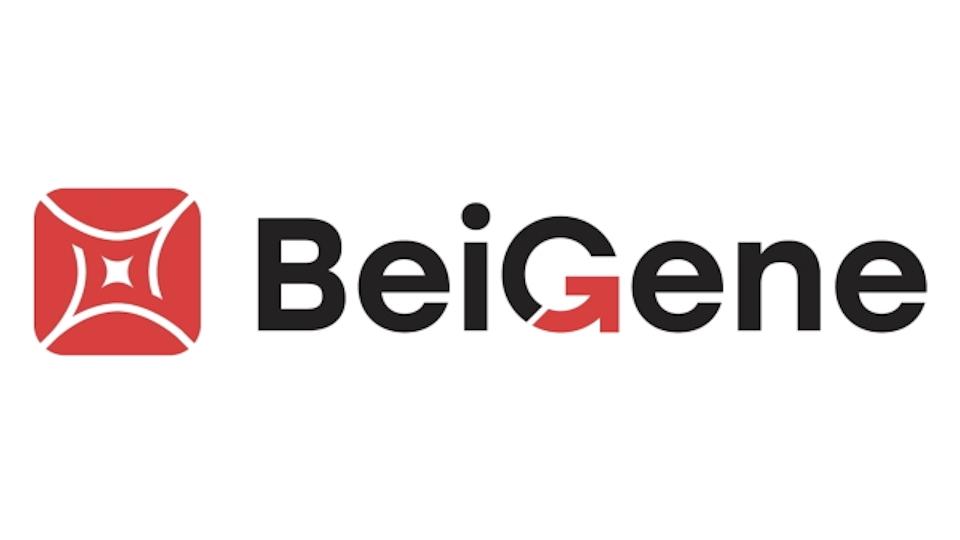The end of siloed healthcare

For the past eight years Syneos Health has been issuing annual healthcare trends forecasts, usually separated into Communications and Commercial, but this year a changing industry convinced the company to take a new approach – providing trends that cover end-to-end biopharmaceutical industry perspectives.
The Health Trend Ten forecast outlines the critical shifts and underlying dynamics that will shape biopharmaceutical decision making in 2019.
When asked why Syneos Health decided to take a more combined approach to its forecast this year, Duncan Arbour, the company’s SVP of innovation, says that it is far more reflective of the position the company and many of its clients are in at the moment.
“We see a lot more integration between previously siloed up teams, and we feel on a day-to-day basis when we engage with companies that a cross-fertilised way of thinking wrapped around an audience or a stakeholder is increasingly common,” he says.
“Looking at the communication side of our business, digital and service design, teams are starting to get increasingly involved in what were previously clinical activities, such as trial recruitment and ongoing patient engagement. Commercial is learning deeper science and more technical complexity. From clinical, we have a far greater depth of understanding of the development process around the molecule. On the flip side, we’re also increasingly involving colleagues from clinical when it comes to developing commercial propositions.
“If we are developing a proposal for a new client or a proposition for an existing one, it's now very much embedded in our process to talk to clinical colleagues who are more than likely, given our scale and size and footprint, to have been involved in the development of that product, and from there you can get some unique and practical insight.”
He adds that, because this has been a successful model for Syneos Health, the company is keen to share its findings with the sector.
“We want to bring that insight we've been living with and incubating internally to our clients and to the wider industry; we would like to stimulate the same kind of cross-discipline, silo-breaking conversations in client teams as we have internally. We have benefited so much from that cross-fertilisation, and we are looking to take that to a wider public level.”
Arbour believes that this breaking-down of silos across the sector is partly related to the industry's increasing focus on patient-centricity.
“Once you start focusing on the needs of the individuals that you serve alongside just your business goals, you cannot help but break those silos down. When you think about the patient, the population that you’re looking to engage in a clinical study is the same as the population who will actually be prescribed the drug once it comes to market. And once you start thinking about serving the end audience – be that the patient, the physician, the payer – you can't keep thinking of clinical and commercial as separate entities.”
The trends covered in the report include Accelerating Evidence, Relearning Launch, Search for the Right Patients, Demand for Decision-Driving Insights, and Rewired HCP. Arbour highlights Relearning Launch as one of the trends that could have the biggest impact on companies if they are able to harness it.
“In the report, we shared some research that suggests that, for a lot of companies, maximising the potential of launch is taking a strategic backseat to managing the possibility of risk.
“The research looked at US biopharma, and in particular investments in the run-up to launch. We found that companies that spend at least a minimum of 75% of their projected year-one revenue over that critical year before launch have the highest success rates. It really is about putting your money where your medicine is.
“If you think about how few assets actually go all the way from development to approval to final market success, you really do need to focus on maximising the launch of the one asset you can even get to market.”
Arbour refers to the overall picture that emerges from the trends as companies are likely to be overwhelmed in an increasingly fast-moving world.
“Our world, our audience's world, is moving at a faster pace than ever – but I can guarantee it's never going to move as slowly again as it is right now. Even so, there’s still a lot of congestion, and it’ll be good if people can step back, look at complexities, consider traditional attitudes like risk/reward, and think about what might be holding you back. What’s overwhelming you that’s stopping you moving at pace, and what can you do about it?”
He concludes: “It really feels like we're on the brink of something. We’re starting to see many leading companies who are going to clearly break away from the pack. I think we're going to see a lot of leadership coming not from traditionally growing functions, or being led by pipeline, but through some really smart partnerships and increasing levels of M&A activity. I'm not sure a traditionally-managed growth is going to do it here.”
About the interviewee
 Duncan Arbour works in the Innovation team within Syneos Health Communications. He has been with Syneos Health for the last six years and has had an exclusive focus on life sciences for the last 11. Prior to healthcare, Duncan spent a decade in senior strategy roles for some of Europe’s leading digital agencies including DigitasLBi and Syzygy, leading projects for clients in sectors including financial services, automotive and government. In the wider industry, Duncan has been an advisor to the UK Government’s Creative Skills Council, and is a frequent speaker at industry events.
Duncan Arbour works in the Innovation team within Syneos Health Communications. He has been with Syneos Health for the last six years and has had an exclusive focus on life sciences for the last 11. Prior to healthcare, Duncan spent a decade in senior strategy roles for some of Europe’s leading digital agencies including DigitasLBi and Syzygy, leading projects for clients in sectors including financial services, automotive and government. In the wider industry, Duncan has been an advisor to the UK Government’s Creative Skills Council, and is a frequent speaker at industry events.











